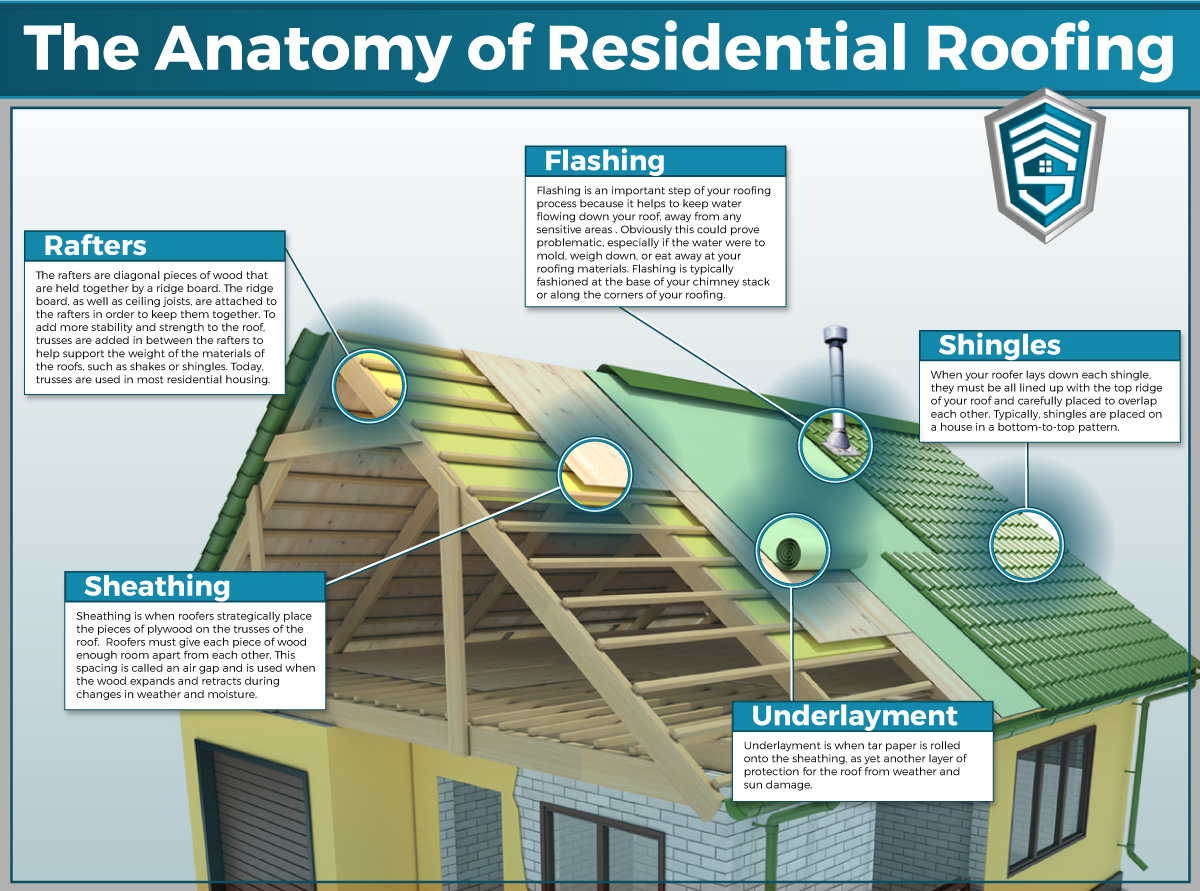Disregarding Roof Covering Ventilation Can Incur High Prices In Repairs; Recognize The Fundamental Aspects That Ensure Correct Setup And Protect Your Monetary Interests
Disregarding Roof Covering Ventilation Can Incur High Prices In Repairs; Recognize The Fundamental Aspects That Ensure Correct Setup And Protect Your Monetary Interests
Blog Article
Created By-Kock Ploug
When you're tackling a roofing task, you might not think much concerning roofing system air flow, yet it's more essential than you realize. Reliable ventilation aids control temperature and dampness in your attic room, protecting against issues like mold and mildew and architectural damages. By comprehending how to develop and install a well balanced ventilation system, you can improve energy efficiency and extend the lifespan of your roof materials. So, what are the vital factors to consider during setup that can make all the distinction?
Importance of Roofing System Air Flow
Roof ventilation plays a vital role in maintaining the overall health and wellness of your home. By enabling fresh air to distribute via your attic room, it assists manage temperature level and wetness degrees. This balance is vital to avoid heat buildup throughout warm months, which can cause raised power expenses as your a/c works overtime.
Additionally, correct air flow significantly decreases the danger of moisture-related issues like mold and mildew and mildew. If humidity degrees increase, your home's structural integrity can be jeopardized, resulting in costly repairs. You wouldn't want to deal with decaying wood or warped roof materials, right?
Furthermore, appropriate air flow extends the life expectancy of your roofing system. When warmth and wetness are kept in check, your roof can execute efficiently, protecting against early wear and tear. This indicates fewer headaches and costs down the line.
Just How Roof Covering Ventilation Works
Reliable roofing system ventilation relies upon the all-natural movement of air to create a balance between intake and exhaust. When you set up vents, you're essentially permitting fresh air to enter your attic while enabling hot, stale air to escape. This process helps manage temperature level and dampness degrees, avoiding issues like mold and mildew growth and roof damages.
Intake https://roofingcontractorsnearme73951.nizarblog.com/34129090/just-how-significantly-can-eco-friendly-roofing-services-lower-your-costs-and-boost-the-total-value-of-your-residential-or-commercial-property , normally discovered at the eaves, draw in awesome air from outside. Meanwhile, exhaust vents, situated near the ridge of the roof covering, let hot air increase and exit. The distinction in temperature level creates an all-natural air flow, referred to as the pile result. As cozy air rises, it creates a vacuum that draws in cooler air from the lower vents.
To enhance this system, you need to guarantee that the intake and exhaust vents are appropriately sized and positioned. If the consumption is limited, you will not attain the wanted air flow.
Furthermore, inadequate exhaust can catch heat and moisture, resulting in prospective damage.
Trick Installment Considerations
When installing roof covering air flow, numerous key considerations can make or damage your system's effectiveness. First, roof repair service san antonio tx need to evaluate your roof covering's style. The pitch, shape, and products all affect airflow and air flow selection. Make sure to pick vents that fit your roof covering type and local climate problems.
Next off, take into consideration the placement of your vents. Ideally, you'll desire a well balanced system with intake and exhaust vents placed for optimal airflow. Location intake vents short on the roof covering and exhaust vents near the optimal to encourage a natural circulation of air. This arrangement helps prevent dampness accumulation and promotes energy effectiveness.
Do not ignore insulation. Proper insulation in your attic avoids heat from leaving and keeps your home comfy. Make certain that insulation doesn't block your vents, as this can prevent air movement.
Lastly, think about upkeep. Choose ventilation systems that are simple to gain access to for cleaning and assessment. Routine maintenance ensures your system remains to operate successfully over time.
Verdict
To conclude, roofing air flow is crucial for a successful installation. By ensuring proper air movement, you can avoid heat accumulation and moisture problems that bring about costly damage. When you purposefully position consumption and exhaust vents, you boost energy effectiveness and extend the life-span of your roofing. Remember, a well-ventilated roofing system not only safeguards your investment but also enhances your indoor air top quality. So, prioritize ventilation to make certain a durable and cost-effective roofing system for your home.
